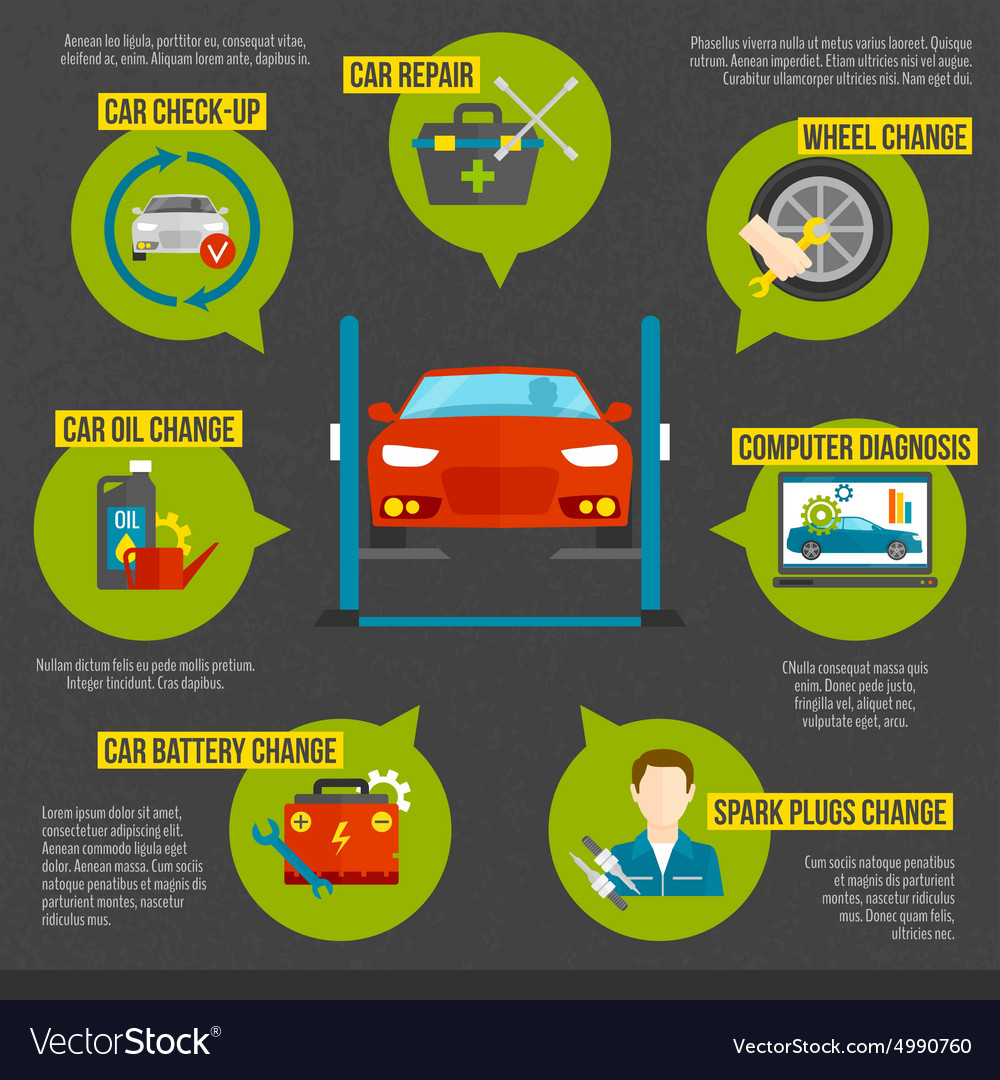Comprehending The Importance Of Your Automobile'S Warning Signals: What They In Fact Stand For
Comprehending The Importance Of Your Automobile'S Warning Signals: What They In Fact Stand For
Blog Article
Short Article Created By-Termansen Torres
When you're behind the wheel, those beautiful warning lights on your dashboard can be a bit bewildering. Do you understand what they're trying to inform you regarding your vehicle's health? Comprehending the relevance of these lights is essential for your safety and security and the durability of your automobile. So, the next time one of those lights pops up, wouldn't you intend to analyze its message precisely and take the necessary actions to address it?
Common Warning Lighting and Interpretations
Identify usual warning lights in your vehicle and comprehend their significances to make sure risk-free driving.
One of the most regular warning lights include the check engine light, which signals concerns with the engine or discharges system. If this light begins, it's critical to have your lorry inspected quickly.
The oil pressure advising light suggests low oil pressure, needing instant interest to avoid engine damages.
car detailing pet hair removal near me blinking battery light may suggest a damaged charging system, potentially leaving you stranded otherwise dealt with.
The tire stress tracking system (TPMS) light alerts you to low tire stress, affecting car stability and fuel performance. Neglecting this might bring about risky driving problems.
The abdominal muscle light shows a trouble with the anti-lock braking system, compromising your capacity to quit rapidly in emergencies.
Finally, the coolant temperature level advising light warns of engine overheating, which can cause serious damages otherwise fixed promptly.
Understanding these common caution lights will aid you resolve issues quickly and maintain secure driving conditions.
Relevance of Prompt Focus
Recognizing the usual caution lights in your vehicle is just the first step; the value of without delay resolving these warnings can not be stressed enough to ensure your security when driving.
When a caution light illuminates on your control panel, it's your cars and truck's way of communicating a potential problem that requires focus. Ignoring these cautions can lead to a lot more extreme problems down the road, endangering your security and possibly costing you more out of commission.
Trigger interest to cautioning lights can avoid failures and crashes. As carwashnearme , a flashing check engine light could suggest a misfire that, if left ignored, might trigger damage to the catalytic converter. Addressing this quickly can save you from an expensive repair.
In a similar way, a brake system advising light could indicate low brake liquid or worn brake pads, crucial components for your security when driving.
Do It Yourself Troubleshooting Tips
If you observe a caution light on your control panel, there are a few do it yourself troubleshooting ideas you can attempt before looking for professional aid.
The first step is to consult your cars and truck's handbook to comprehend what the certain caution light indicates. Sometimes the issue can be as straightforward as a loose gas cap setting off the check engine light. Tightening up the gas cap may fix the issue.
Another typical issue is a reduced battery, which can set off different alerting lights. Inspecting the battery links for corrosion and ensuring they're protected may repair the problem.
If a caution light persists, you can attempt resetting it by disconnecting the car's battery for a couple of minutes and afterwards reconnecting it. In addition, examining your automobile's liquid degrees, such as oil, coolant, and brake fluid, can aid troubleshoot advising lights related to these systems.
Final thought
Finally, understanding your auto's caution lights is essential for maintaining your lorry running efficiently and safely. By immediately dealing with these alerts and understanding what they indicate, you can prevent pricey repair work and potential break downs.
Bear in mind to consult your auto's handbook for certain information on each cautioning light and act as necessary to guarantee a trouble-free driving experience.
Remain informed, stay safe on the road!
